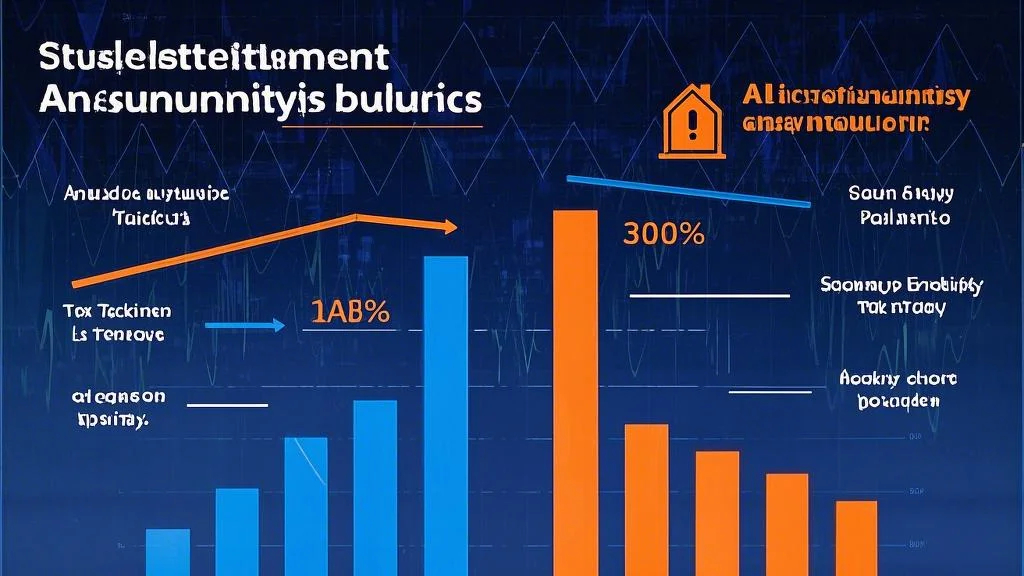In recent years, structured settlements have emerged as a popular financial tool for individuals seeking long-term stability and predictable income. However, with the evolving economy, many people are now considering selling their structured settlements to access cash more quickly or to redeploy their funds into more lucrative opportunities. This shift has created a competitive market for structured settlement buyers, with numerous offers vying for attention.

To secure the best offers when selling your structured settlements, it’s essential to approach the process with careful planning and strategic thinking. Here, we’ll explore the key steps to help you navigate this transaction smoothly and maximize your returns.
Understanding Structured Settlements
A structured settlement is a financial arrangement where a party (the obligor) agrees to pay the claimant (the obligee) a series of payments over an extended period, often in exchange for a lump-sum payment. These settlements are commonly used in personal injury cases, workers’ compensation claims, and other tort settlements. The structured payments provide a steady income stream, often with tax advantages, making them an attractive option for individuals seeking financial security.
However, circumstances may arise where accessing cash upfront becomes more beneficial. Whether it’s for estate planning, investing in real estate, or funding business ventures, selling a structured settlement can provide immediate liquidity. But with the rise of structured settlement buyers, the market has become increasingly competitive, and securing the best offer requires a well-informed approach.
Evaluating Your Options
When considering selling your structured settlement, the first step is to assess the value of your current arrangement. This involves understanding the total value of your payments, the timing of those payments, and any associated fees or taxes.
Typically, the buyer will evaluate your structured settlement based on the present value of the remaining payments, taking into account factors such as interest rates, inflation, and market conditions. This present value is often discounted to reflect the time value of money, meaning the buyer will offer you a sum that is less than the total of your future payments.
To ensure you secure the best offer, it’s crucial to work with a reputable buyer who uses a transparent valuation process. Look for companies that provide detailed explanations of how they calculate the offer, ensuring that you fully understand the terms and conditions.
Researching Buyers
With numerous structured settlement buyers operating in the market, it’s essential to conduct thorough research to identify the most reliable and competitive options. Start by reading reviews and testimonials from other sellers to gauge the buyer’s reputation. Look for companies that are members of recognized industry associations, as this often indicates a commitment to ethical practices.
Additionally, compare the offers from multiple buyers to ensure you’re receiving the best possible deal. While some buyers may offer a higher initial amount, others may provide more favorable terms, such as faster payment processing or additional flexibility in the payment schedule.
Negotiating the Best Deal
Once you’ve identified potential buyers, the next step is to negotiate the terms of the deal. This is where your research and preparation will pay off, as you’ll be in a stronger position to negotiate a fair and competitive offer.
Start by clearly outlining your expectations and priorities. Are you looking for the highest possible cash offer, or are you more interested in maintaining a portion of your structured payments? Knowing your priorities will help you negotiate effectively.
Be prepared to discuss the details of your structured settlement, including the total value of the payments, the timing of future payments, and any existing agreements or restrictions. A buyer will likely want to see a copy of your settlement agreement to ensure they have a clear understanding of the terms.
Finalizing the Agreement
After reaching an agreement with the buyer, it’s important to carefully review the final contract to ensure all terms are clear and acceptable. Pay close attention to the payment schedule, any fees or charges, and the conditions under which the deal can be canceled or modified.
Once you’ve reviewed and agreed to the terms, the next step is to complete the necessary paperwork. This typically includes signing the transfer agreement, providing any required documents, and completing a title transfer process.
In conclusion, selling your structured settlement can be a valuable financial decision, but it requires careful planning and strategic thinking. By researching your options, negotiating terms, and selecting a reputable buyer, you can secure the best offers and maximize your financial returns.
In today’s economy, the decision